584
64 The C tablet has taught us to expect a change of view
where the tablet is turned around from side a to side b,
beginning from the bottom once again:
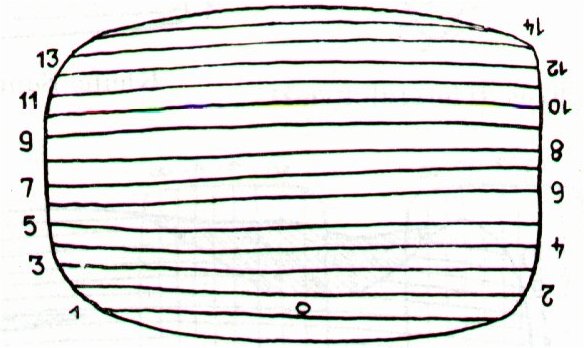
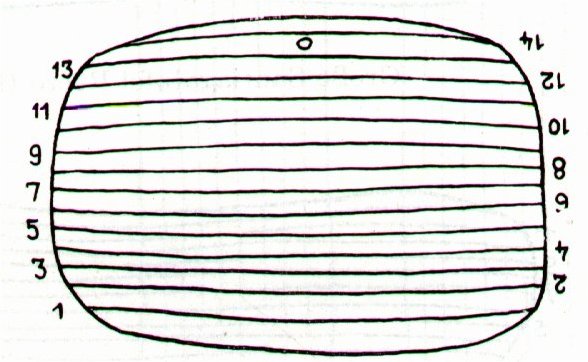
And the words of
Metoro should have made us perceive similarities with
the
beginning of side b on the A tablet. The sound of drums
(rutua te pahu) was there in both texts, a sign of
'falling apart' (Pax, Paxi,
Paximama) - of
war instead of
peace and calmness.
.jpg)
.jpg)
... Suddenly, from
the island of Paxi
was heard the voice of someone loudly calling Thamus, so that
all were amazed. Thamus was an Egyptian pilot, not known by name
to many on board. Twice he was called and made no reply, but the
third time he answered; and the caller, raising his voice, said,
'When you come opposite to Palodes, announce that Great Pan is
dead.' ...
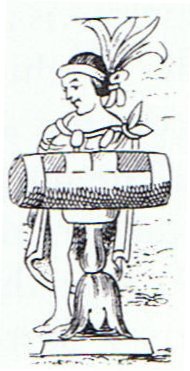
... The tun glyph was identified as a
wooden drum by Brinton ... and Marshal H. Saville
immediately accepted it ... [the figure below] shows the Aztec
drum representation relied on by Brinton to demonstrate his
point. It was not then known that an ancestral Mayan word for
drum was *tun: Yucatec tunkul 'divine drum' (?);
Quiche tun 'hollow log drum'; Chorti tun 'hollow
log drum' ...
... The [tun]
glyph is nearly the
same as that for the
month Pax
...
except that the top
part of the latter
is split or divided
by two curving
lines. Brinton,
without referring to
the Pax
glyph, identified
the tun glyph
as the drum called
in Yucatec pax
che (pax
'musical
instrument'; che
< *te
'wooden). Yucatec
pax means
'broken,
disappeared', and
Quiche paxih
means, among other
things, 'split,
divide, break,
separate'. It would
seem that the
dividing lines on
the Pax glyph
may have been used
as a semantic/
phonetic
determinative
indicating that the
drum should be read
pax, not
tun ... Thus,
one may expect that
this glyph was used
elsewhere meaning
'to break' and
possibly for
'medicine' (Yuc.
pax, Tzel., Tzo.
pox) ... It
should be added that
tun was also
the period of 18
months, or 360 days
...
 |
 |
 |
 |
 |
 |
|
Cb1-6 (398) |
Cb1-7 |
Cb1-8 |
Cb1-9 (400 +
1) |
Cb1-10 |
Cb1-11 |
|
Oct 22 (295) |
23 |
24 |
25 |
FOMALHAUT |
27 (300) |
|
April 22 (112) |
23 (296 - 183) |
24 (365 + 114) |
25
(115, 480) |
26 (46´+ 70 = 116) |
27 (117, 482 - 365) |
|
...
In April 25 the Explorers left their old homeland and half a
year later, in October 25, they returned.
... On the
twenty-fifth day [raa] of the first month ('Vaitu
Nui'), Ira and Makoi set sail; on the first day [te raa po
rae] of the month of June ('Maro'), the bow [te ihu]
of Ira's canoe touched land again ... [E:17]
... Ira left [for Hiva, for Maori, i ōho ai a Ira.ki hiva.ki
maori] on the twenty-fifth day of the month of October
('Tangaroa Uri') ...
[E:86]
|
|
11 Febr (42) |
12 Febr (31 + 12) |
13 Febr (44) |
All Hearts'
Day |
(*360 -
*29 = *331) |
16 (482 - 70 =
412) |
 |
 |
 |
 |
 |
 |
 |
|
 |
|
Ab1-1 |
Ab1-2 |
Ab1-3 |
Ab1-4 |
Ab1-5 |
Ab1-6 |
Ab1-7 |
Ab1-8 |
| Te
hoea - rutua te pahu - rutua te maeva - atua
rerorero - atua ata tuu |
atua ata Rei - tuu
te Rei hemoa |
i ako
te vai |
Ko te maitaki - ko
te maharoga |
Yet, when we add dates and stars to the beginning of the A text
there seems to be a 6 day long difference:
 |
 |
 |
 |
 |
|
Ab1-8 (1334 + 7) |
Ab1-9 |
Ab1-10 (90 + 580 + 10) |
Ab1-11 |
Ab1-12 (1334 + 12) |
|
CLOSE TO
THE FULL
MOON: |
|
April 29 |
30 |
May 1 (50 + 71) |
2 |
DENEBOLA |
|
19 Febr |
20 Febr (*336) |
21 Febr (29 + 21) |
22 Febr |
Terminalia |
| Ko te
maitaki - ko te
maharoga |
hetuu e roia |
|
e
ragi huhuki |
eaha ia |
|
Haro. To pull; popohaga o te rua raá, i
haro i te aka o te miro, on the morning of the second day, they
pulled up the anchor of the boat. He haro i te hagu a roto,
to draw in air, to breathe. He-haro te vaka i te au , the
boat is towed off course in the current. Vanaga. a. to point, to
raise the arm, to stretch out the hand or other member, to spread,
to point the yards. b. to hoist, to pull up, to entice. c. to
stiffen, to grasp, to squeeze. Haroharo, to point, to limp.
PS Sa.: falo, to stretch out. To.: falo, to stretch
out, to make tense. Fu.: falo, to stretch out, to lay hands
on. Churchill.
 |
*8 |
 |
|
Ab1-4 (674 → 90 + 584) |
Ab1-12 |
FOMALHAUT |
*592 |
|
16 Aug (*514) |
*522 |
|
April 25 (115, *35) |
DENEBOLA |
|
*514 - *183 = *331 |
Terminalia |
|
And when searching for a common ground between the C and A texts
we had therefore better go back to August 13, to the day
when our present world was created:
| |
365 days |
| |
(80 + RA / 24h * 365¼) |
|
Day of culmination |
|
|
Atlas |
May 16 (136) |
*229 |
December 31 (365,
*285) |
135 |
|
Denebola |
September 15 (258) |
*230 |
May 3 (123) |
134 |
|
Vega |
December 27 (361,
*281) |
*227 |
August 12 (224, *144) |
*137 |
|
Alphekka Meridiana |
January 6 (*291) |
*218 |
August 13 (225, *145) |
'146 |
|
Fomalhaut |
March 3 (*348) |
*236 |
October 25 (*584, *218) |
|
|
*364 - *229
→ 135 etc. And *144 (August 12) = *281 (December
27) - *137, etc. |
The name Meridiana means we should look at the culminating date
(when the star would cross directly overhead, the meridian),
which suggest we should in contrast connect Vega with its
heliacal date December 27. Every perception relies on contrast.

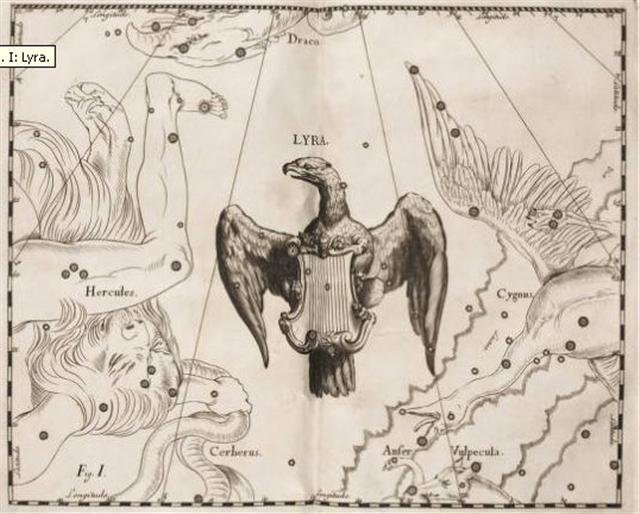
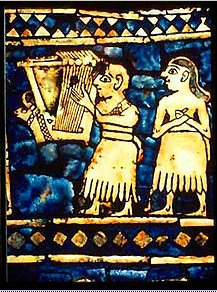
The north pole star seems to have been associated with the last
day for the Sun.
In the C text the last glyph on side a was
designed to be at heliacal Polaris (*26
→ 392 - 366), and at the beginning of
side b was the First Point of Aries (*27 precessional days
earlier in time-space). But turning the tablet around would change the
perspective into the nakshatra view at *27 (Sheratan *27.4) * 183 = *290
> December 31 (*285).
Thus we should try to look at the nakshatra view in the day
after August 12, when according to the
Mayas our pressent world was created:
 |
 |
 |
|
Ca6-4
(740 -
398 +
144 - 73
= 14 *
29½) |
Ca6-5
(145 =
15 * 15
- 80) |
Ca6-6 |
|
kua
hau te
haú o to
hau tea |
kua
hipu
koia
etoru
hipu |
te
henua ma
te rima |
|
CLOSE TO
THE FULL
MOON: |
|
DEC
9 (7
* 7 * 7) |
DEC
10 (→
136 +
208) |
DEC
11 |
|
Febr 11
(42 =
407 =
343 +
64)
A Hydrae
(144.1)
VEGA (α
Lyrae) |
UKDAH
(Knot) =
ι
Hydrae
(145.4),
κ
Hydrae
(145.5),
SUBRA =
ο
Leonis
(145.8)
*104.0 =
*145.4 -
*41.4
ALPHEKKA
MERIDIANA |
Rishu
A.-13
(Head of
the
Lion)
ψ Leonis
(146.4),
RAS
ELASET
AUSTRALIS
= ε
Leonis
(146.6)
*105.0 =
*146.4 -
*41.4 |
|
CLOSE TO
THE SUN: |
|
JUNE
9 |
JUNE
10 (→
136 +
25) |
JUNE
11 |
|
Aug 12
(224) |
Creation
of our
present
world |
5 Imix 9
Kumk'u |
|
CASTRA =
ε
Capricorni
(327.2),
BUNDA =
ξ
Aquarii
(327.5)
SIRIUS
(α Canis
Majoris) |
Mahar
sha
hi-na
Shahū-26
(Western
One in
the Tail
of the
Goat)
NASHIRA
=
γ
Capricorni
(328.0),
ν
Oct.
(328.3),
AZELFAFAGE
=
π¹
Cygni,
κ
Capricorni
(328.7)
*252.0 = *328.7 - *76.7 |
Arkat
sha
hi-na
Shahū-27
(Eastern
One in
the Tail
of the
Goat)
ENIF
(The
Nose) =
ε
Pegasi,
ERAKIS =
μ
Cephei
(329.2),
46
CAPRICORNI,
JIH (the
Sun)
=
κ
Pegasi
(329.3),
ι
Piscis
Austrini
(329.4),
λ
Capricorni
(329.6),
ν
Cephei
(329.7),
DENEB
ALGIEDI
=
δ
Capricorni
(329.8)
*288.0 =
*329.4 -
*41.4
*253.0 = *329.7 - *76.7 |
|
3 June |
4 June
(161 - 6
= 155 =
310 / 2) |
5 June |
 |
 |
 |
 |
 |
|
 |
 |
|
Aa8-11 |
Aa8-12 |
Aa8-13 |
Aa8-14 |
Aa8-15 (600) |
Aa8-16 (1265) |
Aa8-17 |
|
Aug 8 (220) |
9 |
10 (*142) |
11
(*143 + *366) |
12 (*144, *510) |
Aug 13 (225) |
14 (*512) |
|
π Cancri
(139.2),
MIAPLACIDUS = β Carinae
(139.3),
TUREIS
= ι Carinae
(139.8) |
No star listed (140) |
θ
Pyxidis,
MARKAB VELORUM =
κ
Velorum
(141.5),
AL
MINHAR AL ASAD (The Nose of the Lion) =
κ
Leonis
(141.6),
λ
Pyxidis (141.9) |
Al Tarf-7 (The End)
ψ
Velorum (143.3),
ALTERF =
λ
Leonis,
τ²
Hydrae (143.4),
ξ
Leonis (143.5)
*102.0 = *143.4 - *41.4 |
A Hydrae
(144.1)
VEGA (α
Lyrae) |
UKDAH
(Knot) =
ι
Hydrae
(145.4),
κ
Hydrae
(145.5),
SUBRA =
ο
Leonis
(145.8)
*104.0 =
*145.4 -
*41.4
ALPHEKKA
MERIDIANA |
Rishu
A.-13
(Head of
the
Lion)
ψ Leonis
(146.4),
RAS
ELASET
AUSTRALIS
= ε
Leonis
(146.6)
*105.0 =
*146.4 -
*41.4 |
|
JUNE 5 (156) |
6 |
7 (*78) |
8 |
9 (155 + 5) |
JUNE 10
(161) |
11 |
|
30 May (150) |
31 May |
1 June |
2 June |
3 June |
4 June
(155) |
5 June (*78) |
|
DAI = ι Capricorni (323.5),
β
Equulei (323.8) |
γ
Pavonis (324.1),
YAN = ζ
Capricorni
(324.6)
March 7 AD 2024 (66) MARS |
Al Sa'd al
Su'ud-22 (Luckiest of the Lucky)
/
Emptiness-11 (Rat)
TSIN = 36 Capricorni
(325.2),
ALPHIRK (The Flock) =
β
Cephei
(325.7),
SADALSUD =
β Aquarii,
ξ
Gruis (325.9)
March 14 AD 2024 (Π) MARS |
No star listed (326) |
CASTRA(→TION) =
ε
Capricorni
(327.2),
BUNDA
=
ξ
Aquarii
(327.5)
SIRIUS
(α Canis
Majoris)
Febr 14
AD 1902
(45)
VENUS
(*327.7) |
Mahar
sha
hi-na
Shahū-26
(Western
One in
the Tail
of the
Goat)
NASHIRA
=
γ
Capricorni
(328.0),
ν
Oct.
(328.3),
AZELFAFAGE
=
π¹
Cygni,
κ
Capricorni
(328.7)
*252.0 = *328.7 - *76.7 |
Arkat
sha
hi-na
Shahū-27
(Eastern
One in
the Tail
of the
Goat)
ENIF
(The
Nose) =
ε
Pegasi,
ERAKIS =
μ
Cephei
(329.2),
46
CAPRICORNI,
JIH (the
Sun)
=
κ
Pegasi
(329.3),
ι
Piscis
Austrini
(329.4),
λ
Capricorni
(329.6),
ν
Cephei
(329.7),
DENEB
ALGIEDI
=
δ
Capricorni
(329.8)
*288.0 =
*329.4 -
*41.4
*253.0 = *329.7 - *76.7 |
| e ua roa |
e ika vero tai |
ma te Rei |
e tagata kua haga kua
kai |
eko te henua kua noho
- i te ragi |
kua hua ko te kahi |
o te ua roa |
|
Roa.
Long: haga roa, long bay, wide beach;
ara roa râkei, wide, neat path. Roaroa,
long, tall, far, distant: tagata roaroa, tall
man; kaiga roaroa, distant land; roaroa tahaga,
middle finger. Vanaga. Long, large, extent; roaroa,
to grow, height; mea roaroa, a long while;
roaroa tahaga, middle finger; roaroa ke,
infinite (time and space); roroa, far, distant,
thin, to grow tall; tagata roroa, giant; roroa
ke, immense; arero roroa, to rapport, to
tell; vanaga roroa, to chatter, babbler; vare
roroa, driveller; hakaroa, to lengthen, to
defer; hakaroaroa, to lengthen, to develop;
hakaroroa, to extend, prolong, defer, lengthen;
roaga, distance, extent, size, length, distant,
long. Churchill.
Kahi. Tuna; two sorts: kahi
aveave, kahi matamata. Vanaga. Mgv.: kahi, to
run, to flow. Mq.: kahi, id. Churchill.
Rangitokona, prop up the heaven! // Rangitokona,
prop up the morning! // The pillar stands in the empty
space. The thought [memea] stands in the
earth-world - // Thought stands also in the sky. The
kahi stands in the earth-world - // Kahi
stands also in the sky. The pillar stands, the pillar -
// It ever stands, the pillar of the sky. (Morriori
creation myth according to Legends of the South Seas.) |
... That Cronos the emasculator was
deposed by his son Zeus is an economical statement: the
Achaean herdsmen who on their arrival in Northern Greece had
identified their Sky-god with the local oak-hero gained
ascendancy over the Pelasgian agriculturalists. But there
was a compromise between the two cults. Dionë, or Diana, of
the woodland was identified with Danaë of the barley; and
that an inconvenient golden sickle, not a bill-hook of flint
or obsidian, was later used by the Gallic Druids for lopping
the mistletoe, proves that the oak-ritual had been combined
with that of the barley-king whom the Goddess Danaë, or
Alphito, or Demeter, or Ceres, reaped with her moon-shaped
sickle. Reaping meant castration;
similarly, the Galla warriors of Abyssinia carry a miniature
sickle into battle for castrating their enemies
...

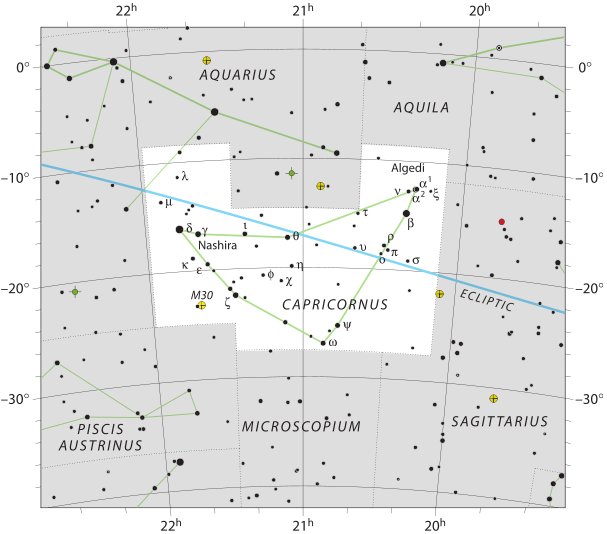
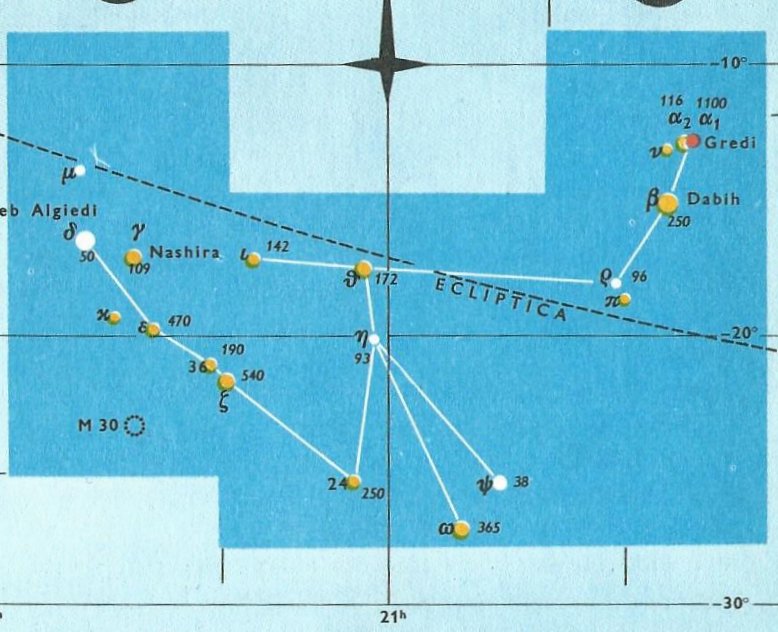
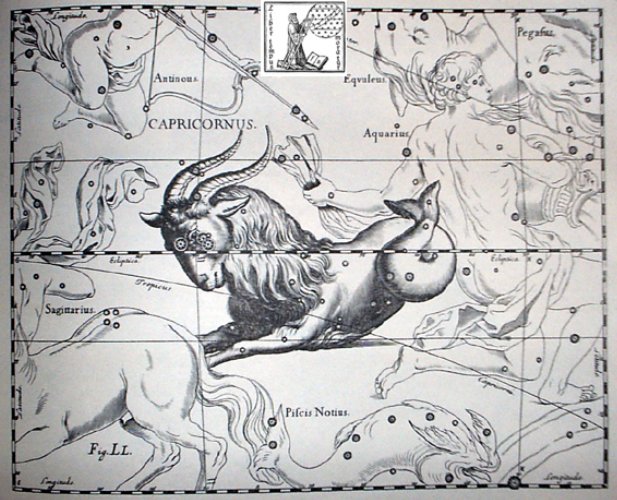
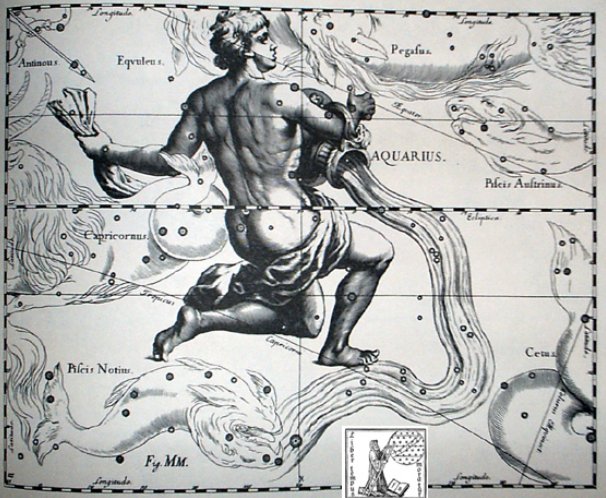


|


.jpg)
.jpg)
























